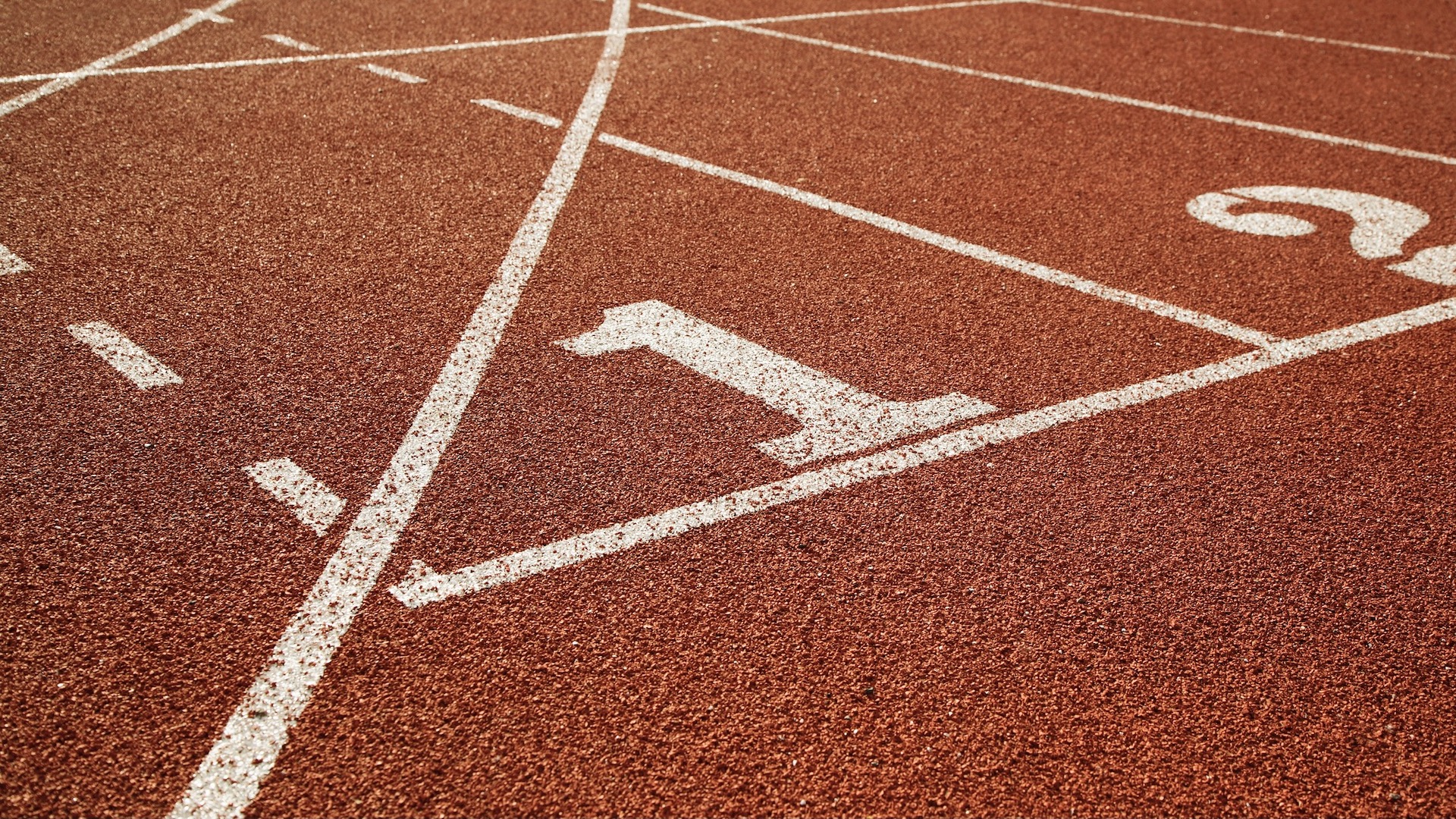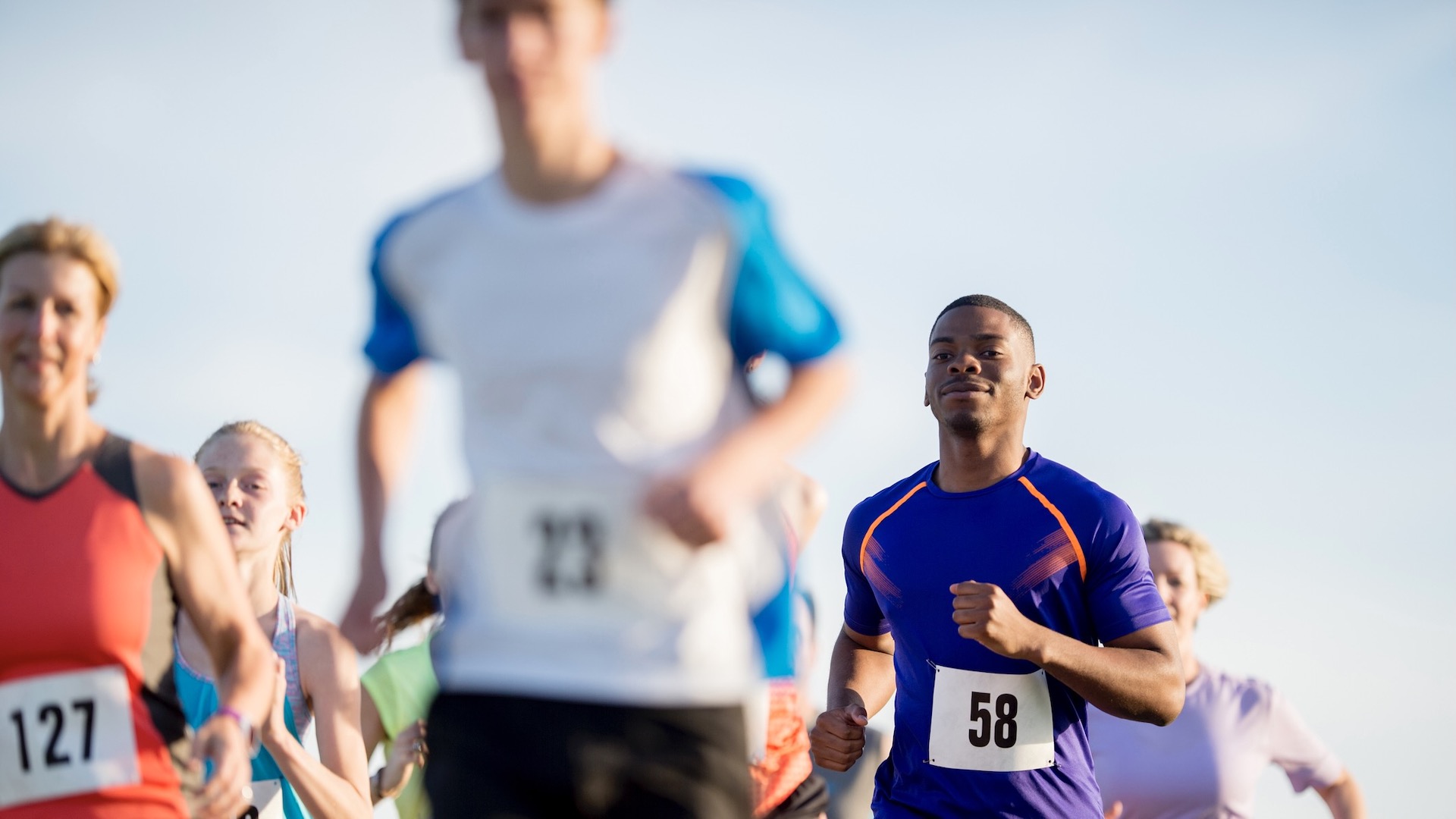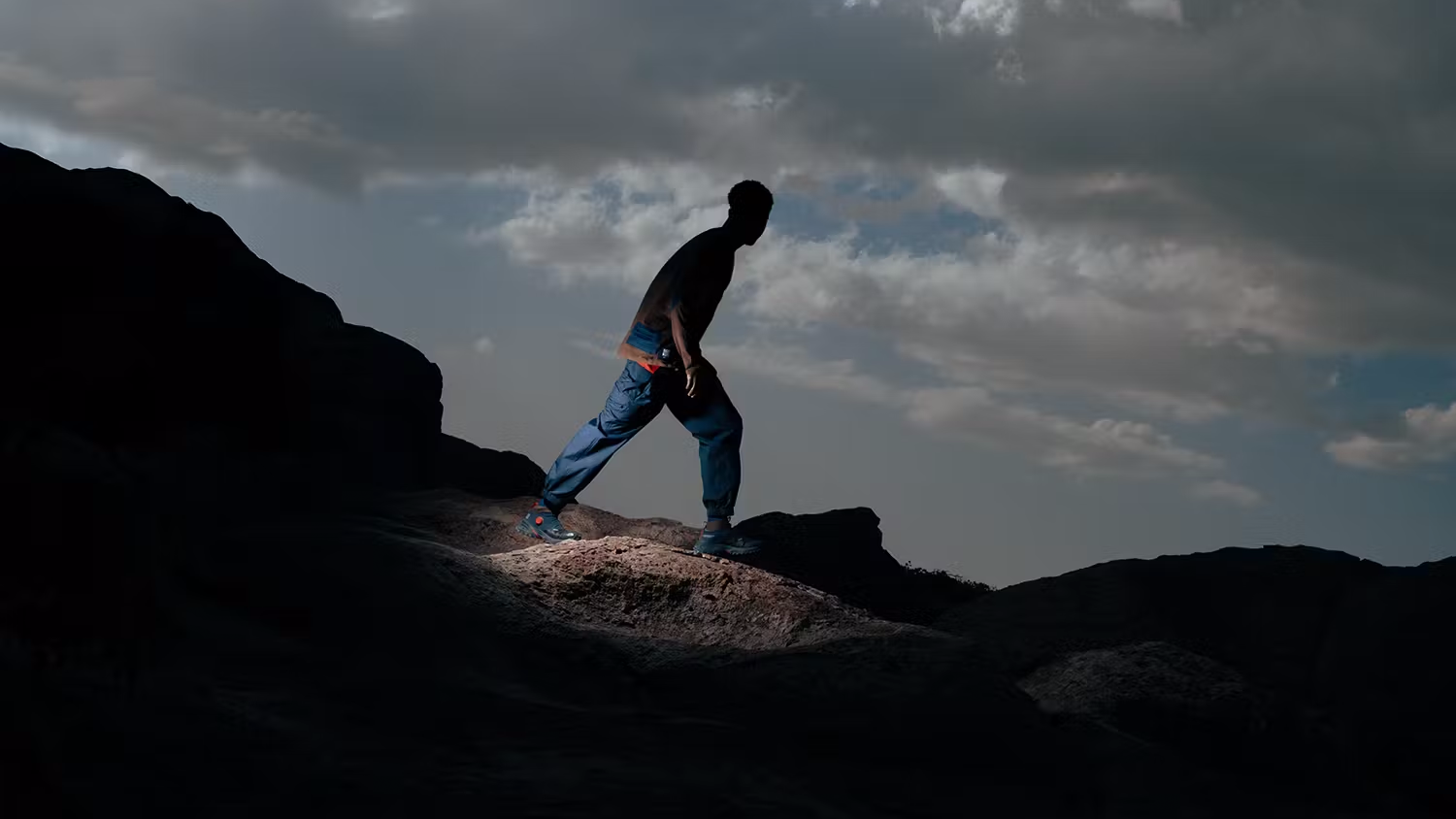The best running 5k tips for achieving faster times
A guide to what runners can do to improve their 5km pace on road and trails

Whether you are new to running on trails or the road, or a seasoned runner, a faster 5-kilometer time is a great goal. Running 5k is the perfect distance for enjoying satisfying improvements and there are plenty of races and events, including the international weekly parkrun, for regular testing of whether you are achieving a faster pace. In this article, we've got some of the best running 5k tips to help you improve your time.
It’s worth noting that not every 5k will be the same, so if you want to record improvements to see if the running 5k tips are working, you should run the same route, or a similar route.
For example a 5k trail run is likely to be tougher than a 5k road run, while a 5k route with lots of hills will inevitably be slower than a 5k on flatter terrain. Likewise, running a muddy route even in the best trail running shoes won't compare to a 5k run on dry tarmac.
The first of our running 5k tips is to complete the distance under timed conditions and in a location that you can return to so you can measure improvements. It might be that you take part in a local 5k parkrun, or race and then repeat it at a later date.
Get SMART
The most important first step, and tip, to running a faster pace over 5 kilometers is to ensure the goal follows the SMART acronym. This means:
Specific: what is it that you hope to achieve?
Measurable: can you measure like for like?
Advnture Newsletter
All the latest inspiration, tips and guides to help you plan your next Advnture!
Achievable: is a 20-minute 5k an achievable goal for you, or are you starting from a pace that makes a 30-minute 5k more realistic in the near future before working towards a 28-minute 5k?
Relevant: is a 5k a relevant goal for you? It could be that you are training for an ultra distance race, which means that a faster 5k goal might not be so important.
Time bound: what is a reasonable timescale for achieving the goal? Of course, you might have aspirations to run a faster 5k next week but the chances are a timeframe of a few months is more realistic.

The best running 5k tips
Set a goal
It is a good idea to have a 5k race or event to target and with a realistic timescale. Having a goal will give you a focus and motivation to train to improve your pace.
Run more
You will need a good base of running fitness before setting a goal of running a faster 5k. To achieve this you should run more. It is important to add in some drills and techniques to improve your running fitness.
Wherever your running fitness is at the moment, you should aim to be able to run a comfortable distance of 5k to 10k three times a week.
Remember that it is important to build up to greater distances by no more than 10% extra each week.
So, if you are starting from scratch, you might aim to walk and run 5k three times each week, then build up the distance you are running in each session, while reducing the sections that you walk.
A good base fitness allows you to work towards faster segments of running.
Run faster
If you want to run faster, you need to train to run faster. This doesn’t mean that you should go out and try to run a faster 5k every time you run, but it is a good idea to aim to run some shorter sections of your usual runs at a faster pace.
If you break down your target 5k time into smaller segments, you will then have a pace to aim for. For example, if you want to run a 25-minute 5k, than means each kilometre needs to be run in five minutes. This is known a 5 min per k (5k/m) pace.
Breaking this target down still further, you could look at a distance of 500 metres (half a kilometre). Trying to run 500m at the pace of 5k per minute means you need to complete the 500m in 2.5 minutes.
During a longer, steadier paced run, you could aim to run several 500 metre sections at your target pace, or as close to the target pace as you can get.
Measure the pace
There are two main ways to measure pace. First, use a sports watch with a pace display. This will show you when you are running sections at your hoped for pace.
Alternatively, you can use a stopwatch (most phones and sports watches have this function) and aim to run a set distance in a set time.
Head to a running track
A running track makes it easy and more accurate to measure distance. Most tracks are 400 metres around and each 100m is marked.
Seeing the distance ahead of you is usually very helpful for setting target distances and paced times.

Increase the build up
Once you can run a short section at the require pace for a faster 5k, the aim to build up the distance that you can hold this pace for. It will takes weeks and months to do this so don’t expect that once you can run 500m at your target pace that suddenly you will be running the whole 5k at this pace.
Hill reps help
Adding in some hill training, whether it is a hilly session or a set of hill reps (repetitions), will offer resistance training. This is a good way to build strength into your running.
Running hills also forces you to ensure you have a better running posture because you need to lift your knees higher and drive with your arms to run up hill faster.
Strength and conditioning
It is a good idea to add regular training sessions that build muscle, joint and tendon strength. Strength will help with speed, while also hopefully reducing your chance of injury.
Hire a coach
You can follow a faster 5k programme discovered on-line or for a more customised approach a running coach will be helpful. A coach can assess your current fitness and give you the strategy to work towards running faster, using the best running 5k tips.
Remember to rest
Rest and recovery days are as important as running days because this allows your body to recover and build strength after harder running sessions.
Train heavy, run light
Some people wear weight belts or packs in training. You could do the same by adding extra kit to your rucksack. The idea is that by training with a weighted belt or pack, you build greater strength and then when you remove the weight you will feel lighter and faster.
Diet counts
Running food is more important during longer runs of 60 minutes or more but even over shorter distances what you eat beforehand can make a big difference.
A light snack, for example a bowl of cornflakes or a banana, an hour to 90 minutes before you run will help to keep energy up and hunger at bay.
You won’t need any food or water to fuel you over a distance of 5k so you can run without being laden with snacks and water bottle.

How to run a faster 5k
Recce the course first
If you know your 5k route already it will mean you know where there are tougher sections, such as hills or straights with a headwind. You can also visualise yourself running fast along the route before you set out to run a 5k.
Warm up first
It is better to warm up muscles and joints first before trying to launch straight into a fast 5k run. Your body will thank you for a slower start and you are less likely to suffer an injury because you are stiff or cold.
But also if you have warmed up first, with an easy 20 minute walk or jog, when you try to run a faster 5k you are much more likely to succeed.
The right kit
If you want to run faster, it is worth thinking about lighter weight kit. Some people have “racing” footwear, which usually means they have lightweight running shoes that are not so suitable for longer distance training sessions but that make them feel lighter and faster over shorter distances.
The same goes for clothing. Avoid baggy clothing, such as an oversized waterproof jacket, that might hamper your speed in windy conditions and try to wear minimum layers. If you can shed a running pack this will mean you feel lighter when you run.
Find a pacer
If you want to run faster, another of the best 5k running tips is to find someone who is a bit faster than you to push you on. It will help in training to make you run at a quicker pace, although you might need to tell your running companion that you will be unable to run and talk at the same time!
If you are taking part in a 5k race or a parkrun, it might be that there are pacers that can help you to run your goal time. Again, a faster friend could help you out.
All these running 5k tips should give you the ability and motivation to achieve your best time yet.

Fiona Russell is a widely published adventure journalist and blogger, better known as Fiona Outdoors. She is based in Scotland and is an all-round outdoors enthusiast with favorite activities including trail running, mountain walking, mountain biking, road cycling, triathlon and skiing (both downhill and backcountry). Aside from her own adventures, Fiona's biggest aim is to inspire others to enjoy getting outside and exploring, especially through her writing. She is also rarely seen without a running skort! Find out more at Fiona Outdoors.
